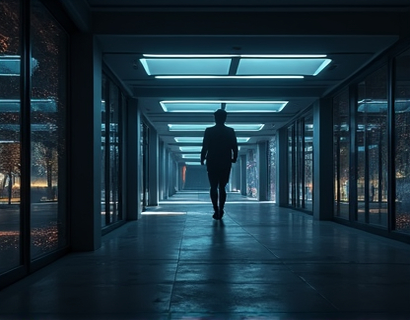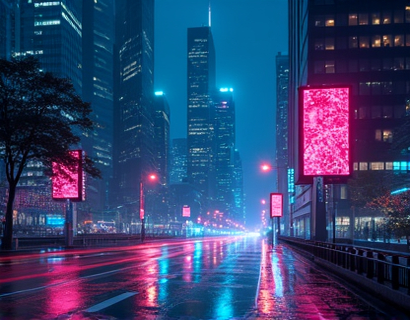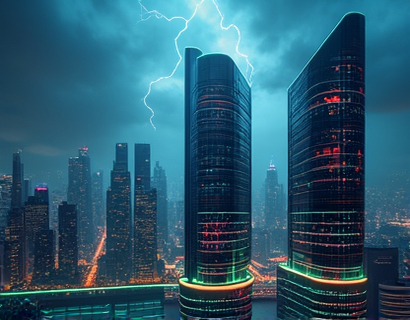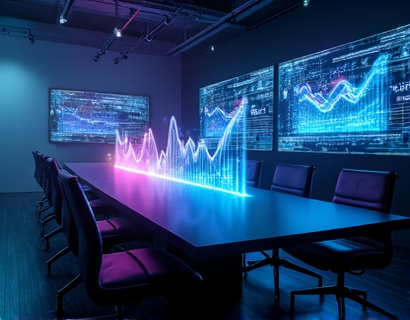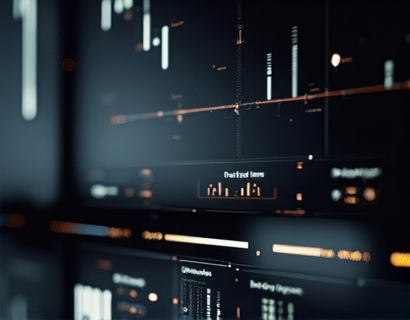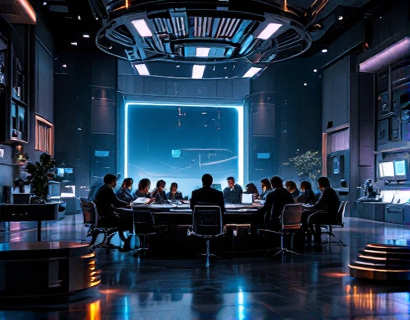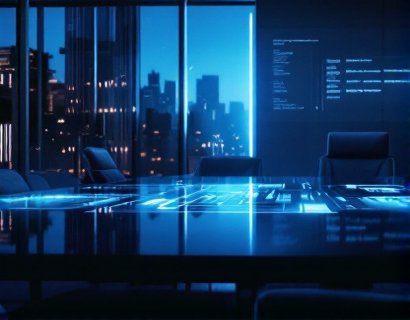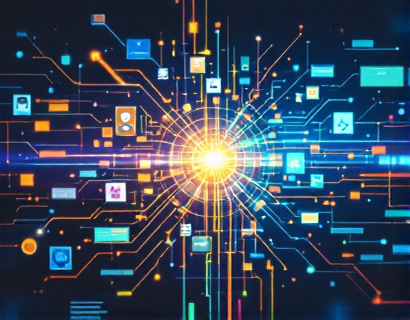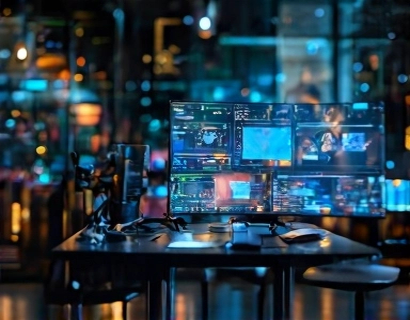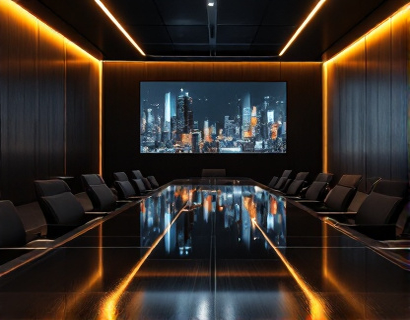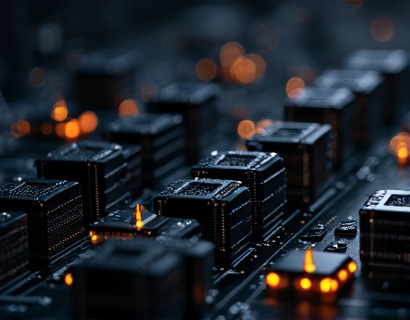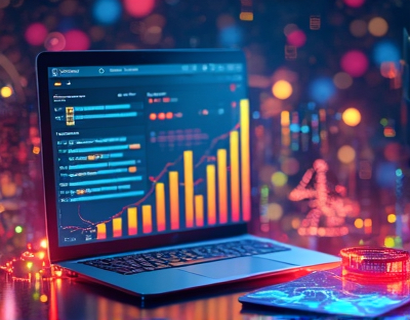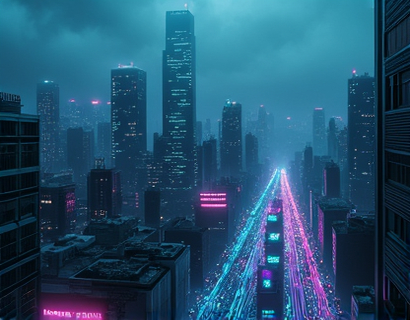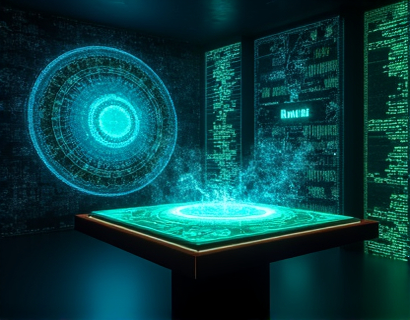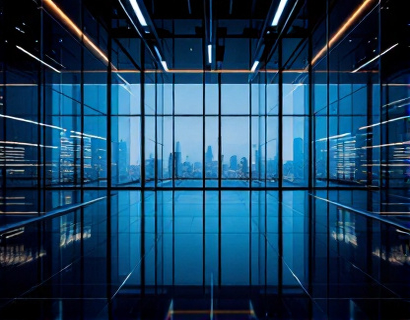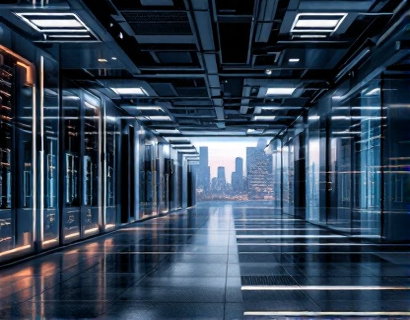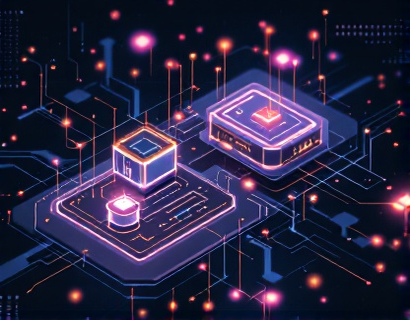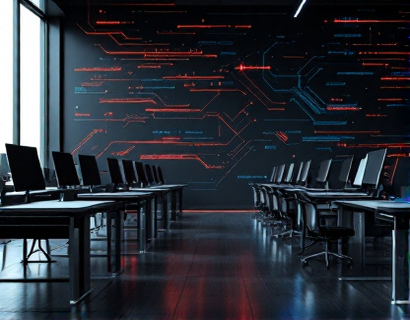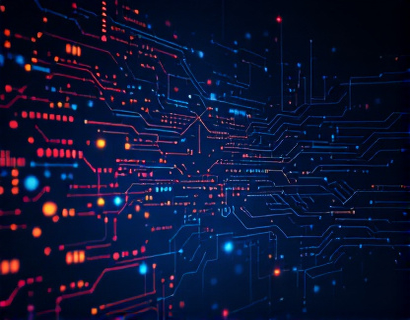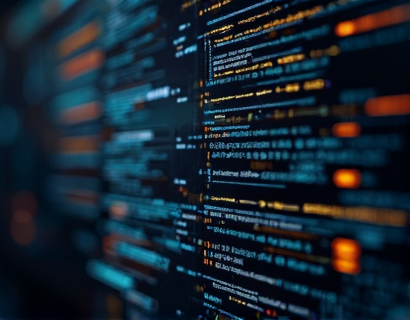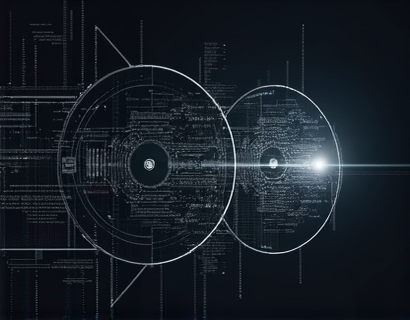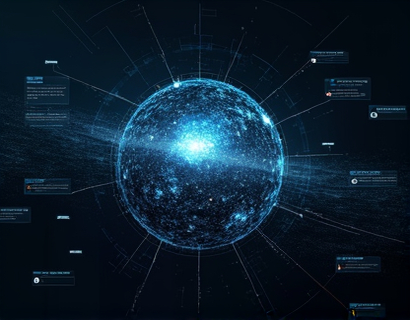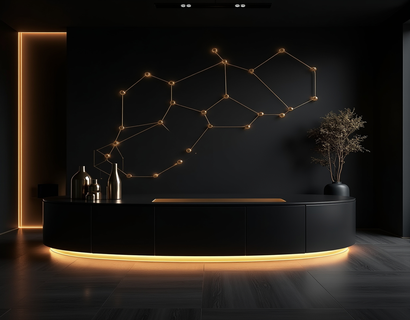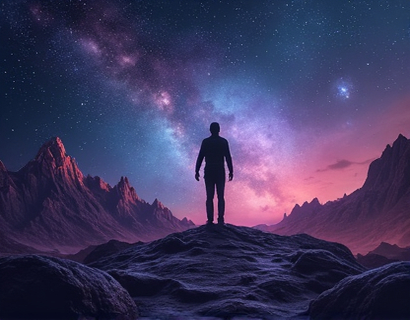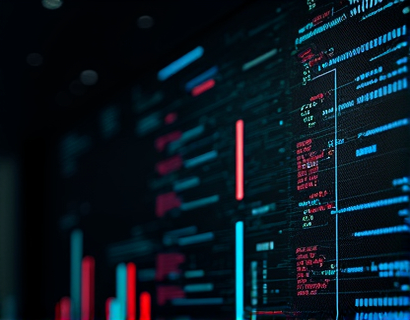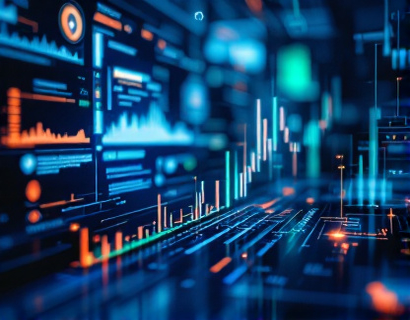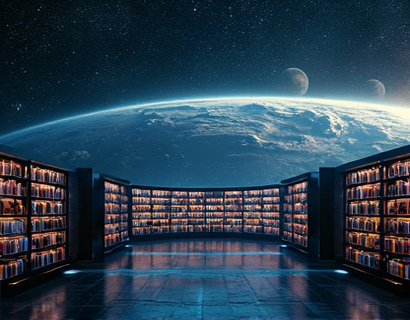AI-Powered Graphic Design: Revolutionizing Visual Creation with Intelligent Online Tools
The landscape of graphic design is undergoing a transformative shift, driven by the integration of artificial intelligence (AI) into creative processes. This revolution is making advanced design capabilities accessible to a broader audience, from seasoned professionals to casual users. The advent of intelligent online tools powered by AI is simplifying the creation of professional-quality graphics, enabling users to transform their creative ideas into visually compelling content with unprecedented ease.
These innovative platforms leverage machine learning algorithms to understand and interpret user inputs, generating designs that are not only aesthetically pleasing but also strategically aligned with the user's objectives. Whether it's crafting eye-catching social media posts, designing engaging marketing materials, or creating unique illustrations, the technology streamlines the design process, saving time and effort while enhancing the visual appeal of digital content.
The impact of AI in graphic design extends beyond just simplifying the creation process. It also democratizes access to high-quality visual content, breaking down barriers that traditionally limited design capabilities to those with extensive training and resources. This shift is particularly significant for small business owners, entrepreneurs, and content creators who may not have the budget or expertise to hire professional designers. With AI-powered tools, these users can produce visually stunning graphics that effectively communicate their brand's message and resonate with their target audience.
One of the key advantages of AI in graphic design is its ability to learn and adapt based on user preferences and feedback. As users interact with the tool, the AI algorithm refines its understanding of their design style and preferences, allowing for more personalized and consistent results over time. This adaptive learning capability ensures that the generated graphics not only meet but exceed the user's expectations, fostering a more intuitive and satisfying creative experience.
The integration of AI in graphic design also enhances the efficiency of the design process. Traditional methods often involve a series of iterative steps, from conceptualization to finalization, each requiring significant time and effort. AI-powered tools automate many of these steps, from layout suggestions to color palette recommendations, allowing users to focus on the creative aspects while the technology handles the technical details. This synergy between human creativity and machine intelligence accelerates the design workflow, enabling faster turnaround times and increased productivity.
For graphic designers and marketing professionals, AI-powered tools serve as powerful assistants that augment their capabilities rather than replace them. These tools can handle repetitive and time-consuming tasks, freeing up designers to focus on more complex and strategic aspects of their work. This collaboration between human creativity and AI technology not only improves the quality of the final product but also enhances the overall efficiency of the design process.
Moreover, AI-powered graphic design tools are designed to be user-friendly, making them accessible to individuals with varying levels of design expertise. The intuitive interfaces and guided processes ensure that even those with minimal design knowledge can create professional-looking graphics. This inclusivity is a significant step forward, as it empowers a wider range of people to express their ideas visually, whether for personal projects or professional purposes.
The benefits of AI in graphic design extend to specific applications and industries. For social media managers, the ability to quickly generate engaging visuals is crucial in a fast-paced online environment. AI tools can produce a variety of design options in a matter of minutes, allowing for rapid testing and optimization of content to maximize engagement. Similarly, small business owners can leverage these tools to create compelling marketing materials, such as flyers, banners, and product images, without the need for a dedicated design team.
In the realm of content creation, AI-powered graphic design tools offer endless possibilities for enhancing visual storytelling. From infographics that simplify complex data to custom illustrations that bring narratives to life, these tools provide the means to create rich, engaging content that captivates audiences. Educators and non-profit organizations can utilize these tools to develop informative and visually appealing materials, making their content more accessible and impactful.
The technology behind AI in graphic design is continuously evolving, with ongoing advancements in machine learning and computer vision. These developments are pushing the boundaries of what is possible in digital design, enabling more sophisticated and nuanced creations. As the algorithms become more refined, the quality of AI-generated graphics is approaching that of human-designed counterparts, if not surpassing them in certain aspects such as consistency and speed.
Another significant advantage of AI-powered graphic design tools is their scalability. Businesses of all sizes can benefit from these tools, regardless of their budget or resource constraints. The cloud-based nature of these platforms means that users can access powerful design capabilities from anywhere, at any time, using any internet-enabled device. This flexibility is particularly valuable for remote teams and freelancers who require reliable and accessible design solutions.
Furthermore, the environmental impact of AI in graphic design should not be overlooked. Traditional design processes often involve physical materials and resources, contributing to waste and environmental degradation. AI-powered tools reduce the need for physical prototypes and printed materials, promoting a more sustainable approach to design. This shift aligns with the growing emphasis on eco-friendly practices in the creative industry.
Despite the numerous benefits, it's important to acknowledge the potential challenges and considerations associated with AI in graphic design. One concern is the potential loss of jobs in the design sector, as automated tools take over certain tasks. However, rather than replacing designers, AI is more likely to redefine their roles, focusing them on higher-level creative and strategic tasks. The collaboration between humans and machines is poised to create new opportunities and enhance the overall design ecosystem.
Another consideration is the ethical use of AI in design. Ensuring that AI algorithms are trained on diverse and representative datasets is crucial to avoid biases and promote inclusivity. Designers and developers must be vigilant in maintaining high standards of ethical practice, ensuring that AI-powered tools contribute positively to the creative community.
In conclusion, AI-powered graphic design tools are revolutionizing the way we create and consume visual content. By leveraging advanced machine learning algorithms, these platforms are making professional-quality design accessible to everyone, breaking down barriers and empowering a wider range of users. As the technology continues to evolve, the potential for innovation and creativity in the graphic design field is vast, promising a future where visual content creation is more intuitive, efficient, and inclusive than ever before.



